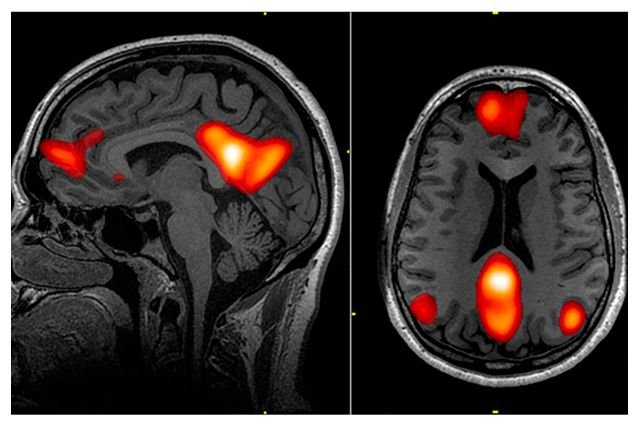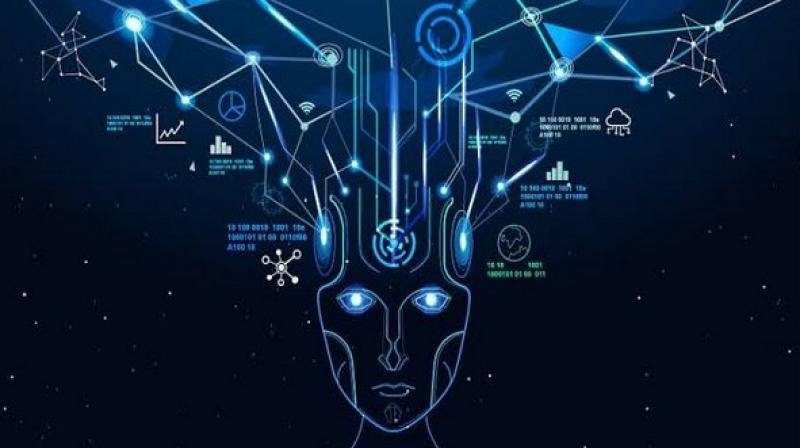When OCD Meets AI: The Future of Digital Compulsions
Obsessive-Compulsive Disorder has always revolved around the uneasy dance between intrusive thoughts and the compulsions we use to manage them. Traditionally, these compulsions showed up as repeated handwashing, checking locks, or arranging objects. Today, in an era of AI, instant information, and 24/7 connectivity, the landscape is evolving in subtle but profound ways. For some, compulsions now hide behind screens, chatbots, and search engines—turning devices meant to simplify life into catalysts for anxiety.
Imagine a young college student with health-related OCD. A mild headache might trigger a cascade of fears about serious illness. Before AI, they might have googled symptoms obsessively. Now, they can ask an AI chatbot detailed questions about possible conditions, medication, and lifestyle changes. Each answer, rather than providing relief, sparks further doubt: “Did I interpret the response correctly? Did I miss something?” Soon, minutes stretch into hours, each question pulling them deeper into an endless loop. The compulsive reassurance-seeking that once required time and effort now unfolds at lightning speed, making relief even harder to find.

How AI Amplifies Compulsions
This digital dimension of OCD isn’t limited to health fears. Someone with Relationship OCD might repeatedly ask AI to analyze messages to ensure they haven’t hurt a partner, or a professional with work-related OCD could feed emails into a chatbot to verify tone, grammar, or even appropriateness. Every answer provides a temporary illusion of certainty, only to feed the next wave of doubt. The same way traditional compulsions try to control uncertainty, digital compulsions exploit the immediacy and endless availability of AI—turning a tool meant to help into a source of perpetual anxiety.
Even spiritual or moral OCD can migrate online. A young adult struggling with scrupulosity might ask AI whether a fleeting thought is “sinful” or “immoral.” Each reassurance feels necessary, but it never satisfies, and the compulsive cycle intensifies. In this way, AI doesn’t create OCD—it interacts with pre-existing patterns, accelerating behaviors that were once more contained.
The Modern OCD Experience
The digital world also reshapes the classic experience of OCD in ways therapists are only beginning to fully address. Unlike physical compulsions, which are visible and easier to track, digital compulsions can remain invisible—minutes spent querying chatbots or refreshing search engines rarely leave tangible traces, yet their mental toll is profound. A student might lose sleep while checking and rechecking AI responses late into the night, or a young professional might spend hours refining messages or decisions through digital reassurance, leaving little room for rest or reflection.
What’s striking is how technology has changed not the core of OCD, but its expression. The disorder’s essence—the struggle with uncertainty, doubt, and intrusive thoughts—remains the same, but the speed, scale, and pervasiveness of digital tools have amplified its reach. The very things that make AI revolutionary—instant answers, constant availability, and limitless information—become a double-edged sword for those prone to obsessive thinking.

The Modern OCD Experience
The digital world also reshapes the classic experience of OCD in ways therapists are only beginning to fully address. Unlike physical compulsions, which are visible and easier to track, digital compulsions can remain invisible—minutes spent querying chatbots or refreshing search engines rarely leave tangible traces, yet their mental toll is profound. A student might lose sleep while checking and rechecking AI responses late into the night, or a young professional might spend hours refining messages or decisions through digital reassurance, leaving little room for rest or reflection.
What’s striking is how technology has changed not the core of OCD, but its expression. The disorder’s essence—the struggle with uncertainty, doubt, and intrusive thoughts—remains the same, but the speed, scale, and pervasiveness of digital tools have amplified its reach. The very things that make AI revolutionary—instant answers, constant availability, and limitless information—become a double-edged sword for those prone to obsessive thinking.
Final Thoughts
OCD has always been about the tension between uncertainty and the urge to resolve it. In the age of AI, smartphones, and instant answers, compulsions have migrated into digital spaces, creating loops that are faster, less visible, and often more exhausting. World Mental Health Day reminds us that as our tools evolve, so must our understanding of mental health. By recognizing digital compulsions as real and impactful, we can help those with OCD navigate the modern world with awareness, support, and hope—turning technology from a trap back into a tool.
Found this helpful? Subscribe below for more



